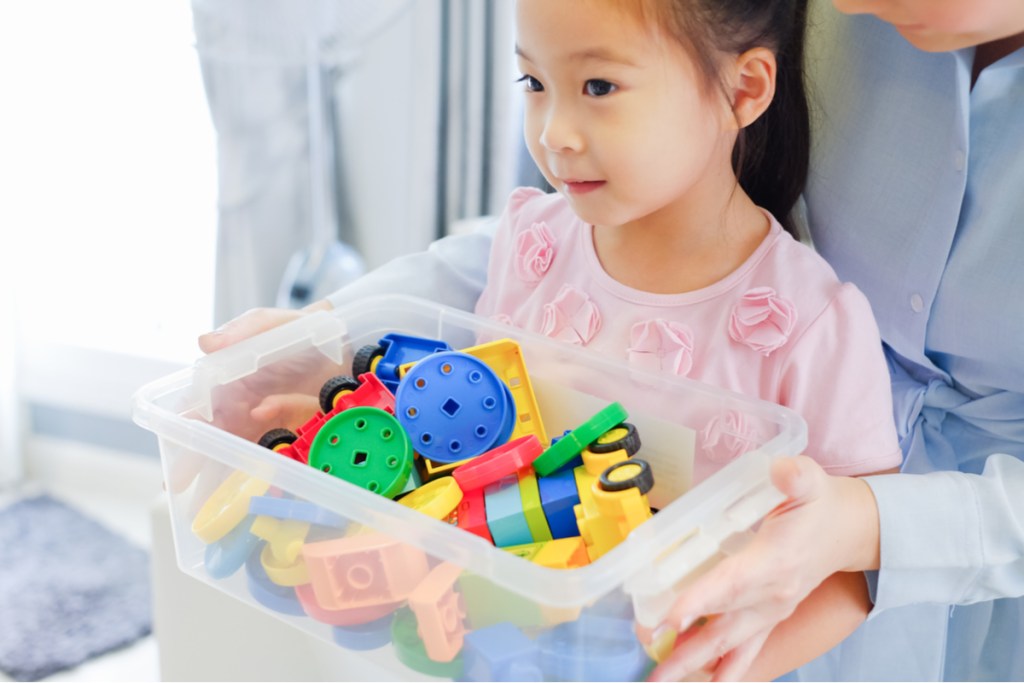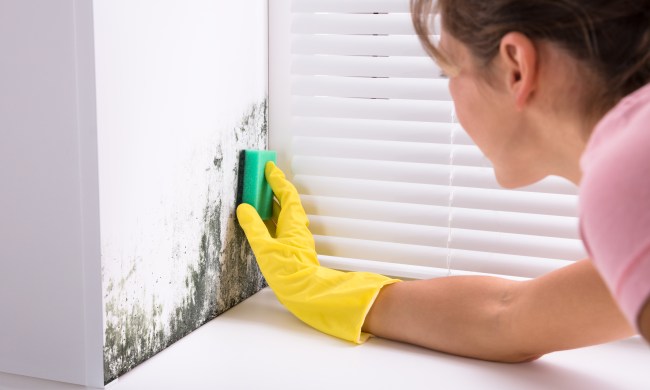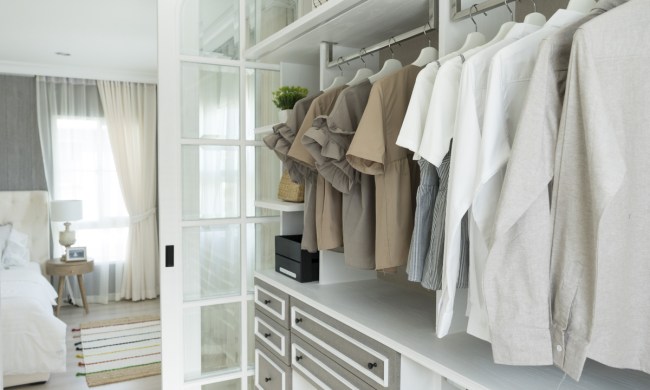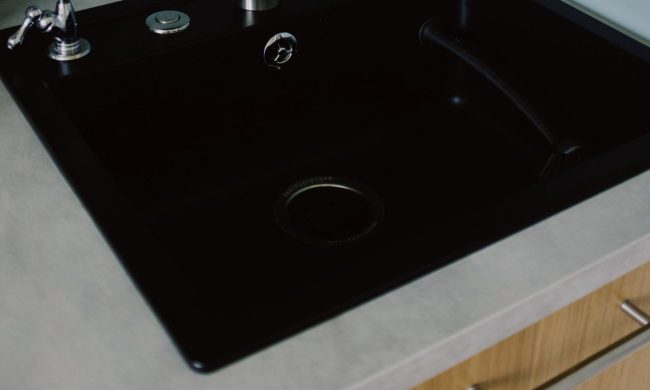Does it seem that your home has been totally taken over by clutter—not the usual household clutter, but the kind generated by the whirling dervishes known as your kids? It’s not only toys; older kids bring their own special kind of messes, including overflowing backpacks, sports equipment, and countless pairs of sneakers, to name a few.
If you’re lucky enough to have a designated playroom in your home, then hopefully, the mess has been somewhat contained to a single place, but that doesn’t make it ok for you to have to dodge a minefield of Legos (ouch!) or step over a trail of Barbie clothes every time you go in the room.
But how do you organize kids’ toys? The adage ‘if you make a mess, clean it up’ should reign in your playroom—and in the rest of your house. Obviously, the best way to make sure your kids help clean up around the house is to make it a regular part of their routine from the time they are very young. But, even if you have older children, it’s never too late to instill good habits. These tips are a good place to start.
A place for everything, and everything in its place
You might be tempted to place a big toy box in the room and have the kids dump everything inside it; that’s not really the best way to instill organization and tidiness in children.
Children, especially young children, really like seeing things organized and will be more likely to clean up toys if they have specific places to house them. Utilize a series of colorful open bins against the wall, with each color used to store a different type of item—blue bins for dolls, red bins for stuffed animals, yellow bins for blocks, etc. As children grow and age out of certain toys or toy categories, you can make adjustments as needed.
Have a shelf or bookcase, at their height level, for books and show them the proper way to place them so that the bindings are showing and it’s easy to identify exactly the one they might want to pull off the shelf for reading time.
Teach by example
Although you might be tempted to hold off on clean-ups until nap time, make the clean-up something your kids see you do. Even the youngest baby or toddler will watch and eventually will want to join in to help.
If you’re starting the process with an older child, let them see what’s involved in keeping their special space tidy. You can ask them to help you out with specific tasks, like gathering all of the books to place on a shelf, and then eventually transition to letting them do more and more of the tidying themselves.
Make it fun
Sometimes it’s about how a task is framed that can make all the difference. Instead of instilling dread in the cleanup process, make it part of playtime.
- Sing clean-up songs while putting things away.
- Create games like: Who can find the most blue blocks, or whoever puts the most stuffed animals in the bin is the winner.
- Set a timer and do a speed cleanup
- Make weekly goals so that your child earns a star each day they accomplish a specific tidying task. A certain number of stars earns them a prize, such as an extra book at bedtime, a visit to the ice cream store for just the two of you, etc.
 Cleaning and organizing tasks for every age
Cleaning and organizing tasks for every age
There are age-appropriate tasks that every child can do to help around the house. Those tasks will likely be limited to a playroom or bedroom for younger children, but as your child grows, they can begin helping out throughout the house. Ultimately, they are learning life skills that will help them live independently from dorm rooms to their first home away from home.
Toddlers
Putting toys away twice a day
Make clean-up a regular part of your toddler’s day by having midday and after-dinner clean-up of toys.
Clean up after meals
Instill good habits by asking toddlers to carry their plate and cup to the sink after meals or snacks. This lets them know that the cleanup doesn’t happen by magic and keeps food messes from taking over outside the kitchen.
Stuffed toy lineup
Stuffed toys are a common gift to young children, and many parents feel overwhelmed with the number of stuffed toys around the house. Make a game of organizing and gathering the toys to corral them into a designated space at the end of each day.
Middle school
Tidiness beyond the playroom
Let middle schoolers know that they shouldn’t dump their belongings in the middle of the kitchen or family room after school. Learning to put things away where they actually belong teaches consideration for family members that will help make them more considerate adults.
Take out the trash
The chore of collecting trash from wastebaskets throughout the house and taking the outside trash bins out each week is a great life skill and takes one household chore off your plate.
Dish duty
Give your pre-teen the task of clearing the table after meals. Eventually, you can transition to giving responsibility for loading or unloading the dishwasher to your pre-teen.
Teens
Laundry
Teens should learn laundry skills—they’ll need them if they are going off to college. Give your teen the responsibility of doing their own laundry, including their sheets and towels. This could help eliminate the ‘clothes all over the floor’ syndrome that plagues so many teens.
Bathroom
If your teen is lucky enough to have his or her own bathroom, or even if they don’t, giving the chore of wiping down the countertops and sinks should be a regular task. Eventually, they should be responsible for regular bathroom cleanings, so they’ll be ready for college life and beyond.
Weekly bedroom cleanings
Make weekly vacuuming, dusting, and sheet changing a part of your teen’s regular chores. If it’s done every seven days, you’re less likely to end up with a teen room that could be condemned for sloppiness.
It’s never too late to build good habits in your children. Teaching them good organizing and cleaning skills now will help them be more organized adults and give you a tidier, less cluttered home!

 Cleaning and organizing tasks for every age
Cleaning and organizing tasks for every age


